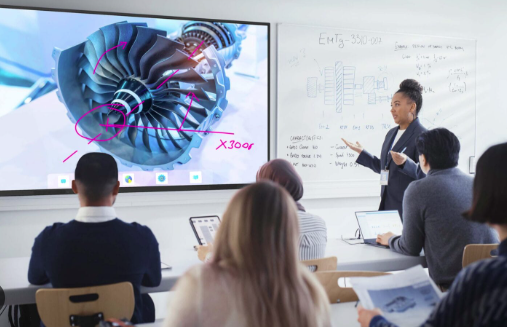In a modern classroom, engaging students goes beyond lectures and textbooks. One exciting tool transforming how students learn is the use of interactive videos. When integrated thoughtfully into a personalized learning environment, interactive videos offer dynamic, adaptable, and student-centered experiences that support deeper understanding and long-term academic growth.
What Are Interactive Videos?
Interactive videos are multimedia tools that allow students to engage with content in a non-linear, choice-driven way. These videos may include clickable elements, branching scenarios, embedded quizzes, and reflection prompts that guide learners through the material based on their responses or preferences. Unlike passive watching, interactive videos turn students into active participants.
How They Support Personalized Learning
Personalized learning focuses on tailoring instruction to each student’s strengths, interests, and needs. Interactive videos naturally support this by offering:
- Customizable Learning Paths: Students can choose which sections to explore, revisit challenging segments, or progress at their own pace.
- Real-Time Feedback: Embedded questions and quizzes provide immediate responses, helping learners reflect and adjust their understanding.
- Flexible Accessibility: Learners can access videos anytime and anywhere, supporting different schedules and learning environments.
- Increased Engagement: The interactive nature makes lessons more engaging, helping maintain focus and curiosity.
Examples in Practice
Teachers use interactive videos in many creative ways. For example, in a science unit, students might watch a video about ecosystems and click on different habitats to learn more. In a language arts class, learners could respond to discussion prompts embedded in a story video, encouraging critical thinking and deeper connections with the content.
Benefits for Teachers and Students
- For Students: They receive content that adapts to their pace and level, making learning more relevant and supportive.
- For Teachers: It offers a way to gather insight into student understanding through response data, allowing for timely interventions and differentiated support.
Best Practices for Using Interactive Videos
- Align video content with learning goals and standards.
- Keep videos concise and focused to avoid overwhelming learners.
- Include clear instructions for how to interact with the video.
- Follow up with discussions or activities to reinforce understanding.
Conclusion
Interactive videos are a powerful addition to personalized learning strategies. They foster autonomy, boost engagement, and provide meaningful feedback for both students and teachers. When used responsibly and thoughtfully, interactive videos can help create more inclusive, student-centered learning experiences that support academic success across a range of subjects and grade levels.














